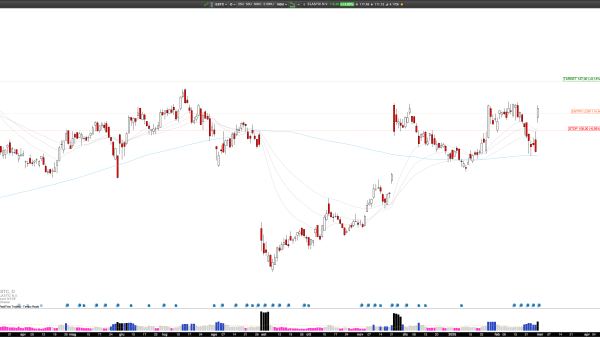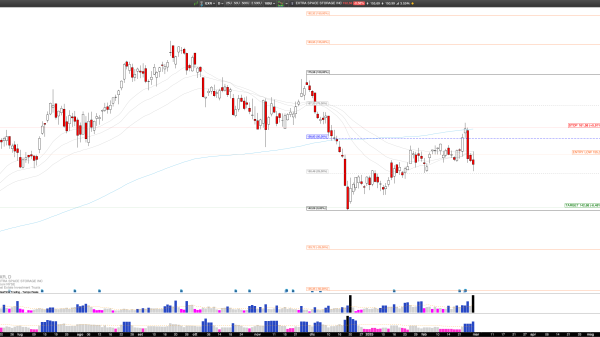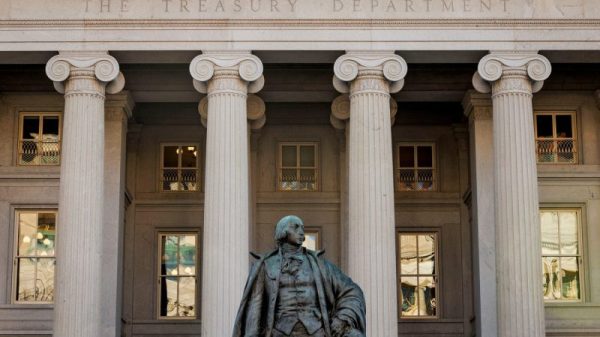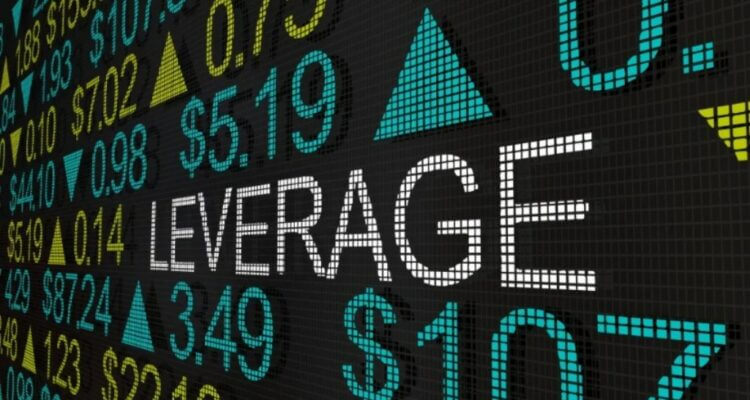What Is Leverage In Trading?
Even experienced traders may forget what is leverage in trading. It’s crucial to understand the concept of leverage in both Forex and crypto trading. This article addresses both areas, providing a comprehensive overview so you don’t need to read multiple sources to learn about Forex and crypto.
Forex leverage allows traders to borrow capital to gain greater exposure to the forex market. With limited capital, traders can control larger transaction sizes, potentially increasing profits and losses. This is because profits and losses are based on the full value of the positions.
Leverage in forex trading means you can increase your profits when the market moves in your favour. However, it also means you risk losing all your capital if the market moves against you.
No worries, it’s simple! Just remember that profit and loss are based on the total value of the transaction, not just your deposit.
Interestingly, Forex trading margin rates are some of the lowest in the financial market.
What Is Leverage Ratio in Trading?
The leverage ratio measures the total risk of your business compared to its margin requirement. Your leverage will vary depending on the market you are trading, who you are trading with, and the size of your position.
Often, the more volatile or less liquid the target market, the less leverage you have to protect your position against rapid price changes. On the other hand, highly liquid markets, such as the cryptocurrency market, can have particularly high leverage ratios.
Risks of Leverage in Forex Trading
In order to better understand what is leverage in trading, it is important to understand all risk factors.
Leverage can help you to boost your Forex returns. However, we can’t neglect risk factors. Without a doubt, an effective risk management strategy is a must.
Highly leveraged forex brokers usually offer risk tools to help traders reduce risk factors.
Stop-Loss Orders
Is it a good idea to use stop-loss orders?
Thanks to stop-loss orders, you can minimize your losses in adverse markets by excluding you from a trade that moves against you at the price the trader sets.
Essentially, you establish the level of risk you are comfortable with for a trade. The validity of the stop-loss doesn’t guarantee the closing price due to possible slippage.
A trailing stop-loss operates essentially the same as a conventional stop-loss. On the other hand, if the market goes in your favour, the trailing stop-loss will adjust accordingly in an attempt to mitigate any potential losses and capture positive price movements.
A guaranteed stop-loss order (GSLO) ensures that your trade will be executed at your desired price, regardless of market fluctuations or gaps in the market.
The benefit will be issued once the order has been completed, with the commission displayed on the order ticket. A refund of payment will be provided if the GSLO isn’t activated.
Take-Profit Order
A take-profit order functions similarly to a limit order, as it is executed at the specific target price set by the investor. In the event that the market opens for a product at a price lower than your desired price, your order will be executed at a more favourable level, potentially resulting in a positive impact.
How to Minimize the Risk?
Setting a trade risk limit is crucial when sizing currency positions. Set a percentage or dollar risk limit for each trade. If you have a $10,000 trading account, you risk $100 on each trade using a 1% limit.
If your risk tolerance is 0.5%, you can risk $50 for each trade. Your dollar limit will always depend on the size of your account and the maximum percentage you set. This limit is a guideline for all transactions you make.
What Is Leverage in Crypto Trading?
Understanding leverage in trading, especially in Forex, is crucial. However, it’s equally important to consider leverage in crypto trading. Let’s delve into an important question: what is leverage in crypto trading?
First, let’s explore how leverage is utilized in the crypto market. Here’s a brief overview of how they work:
Margin Trading
Margin trading is when a trader borrows money from a crypto exchange to make bigger trades. They use their own money as a guarantee and can make trades that are worth more than what they have.
When you trade on an exchange, they have rules about how much money you need to have in your account at all times. If you don’t have enough money, they may sell your investments to cover the costs. You only make or lose money when you sell your investments.
Crypto Options
Options contracts give the buyer the right, but not the obligation, to buy or sell the underlying crypto asset at a specified strike price on or before expiration. The seller/writer assumes the obligation to exercise the option if the buyer exercises the option.
Risks of Leverage in Crypto Trading
Leverage is achieved with a relatively small upfront fee compared to the size of the open position. Is it safe?
As mentioned earlier, leverage allows traders to increase potential profits, but it also increases potential losses. You need to take into account various risk factors before making a decision.
However, there are other risks as well:
Volatility: Crypto markets are extremely volatile, and frequent double-digit price swings aren’t uncommon, making crypto markets particularly risky for leveraged trading when the price moves unfavourably.
Liquidation: In the case of leveraged trading, borrowed funds are used as collateral. If the market develops unfavourably, failure to meet the margin requirements may mean the exchange liquidating the position to cover the loss.
Interest charges: Margin trading often involves paying interest on borrowed funds. This can affect the overall profitability of leveraged positions.
Counterparty risk: Taking leveraged positions through exchanges or lending platforms exposes traders to counterparty risk. Reliance on the abovementioned platforms to leverage funds may expose traders to potential platform failures, etc.
Final Thoughts
Understanding what is leverage in trading is crucial when navigating Forex and Crypto markets. Leverage can boost your trading potential, but it’s important to be careful and not rush decisions.
Do thorough research and use strong risk management strategies to minimize risks. When used wisely, leverage can be a dependable tool, enhancing your trading skills in the exciting world of Forex and Crypto.
The post What Is Leverage In Trading? appeared first on FinanceBrokerage.
























